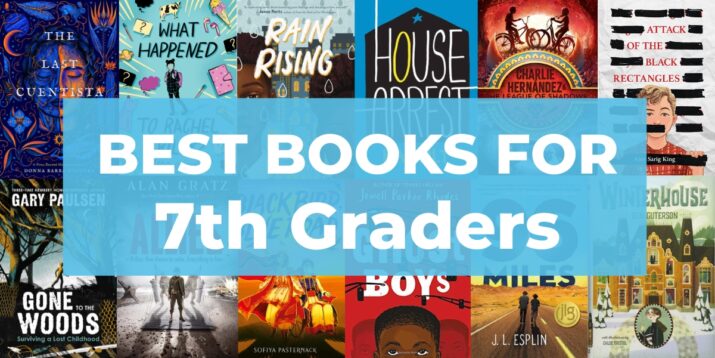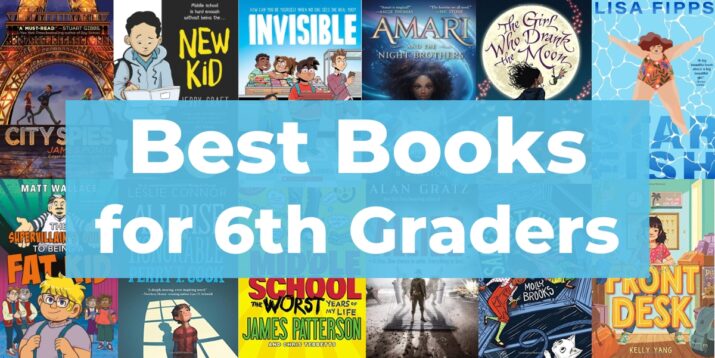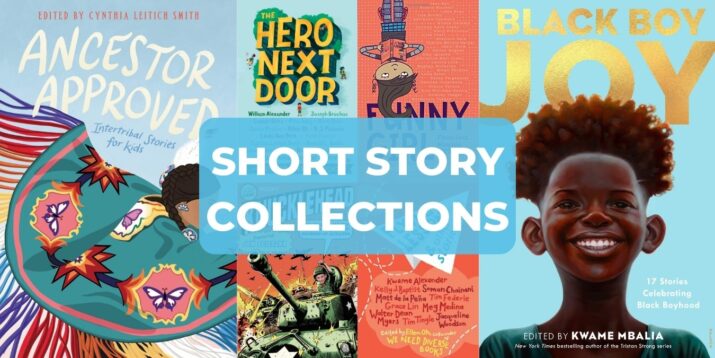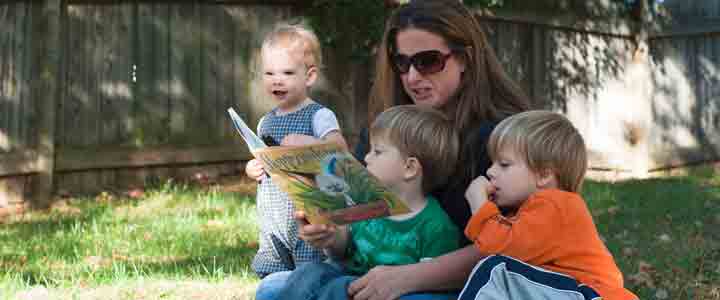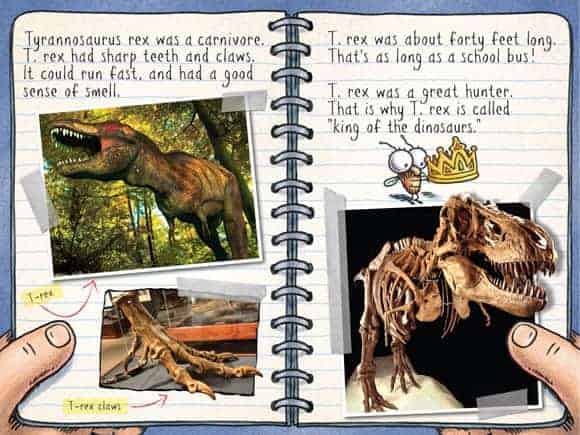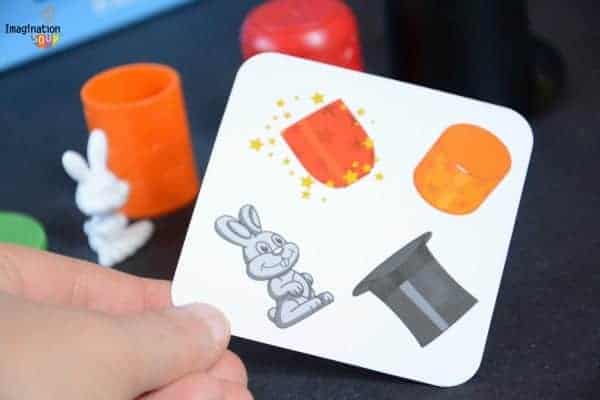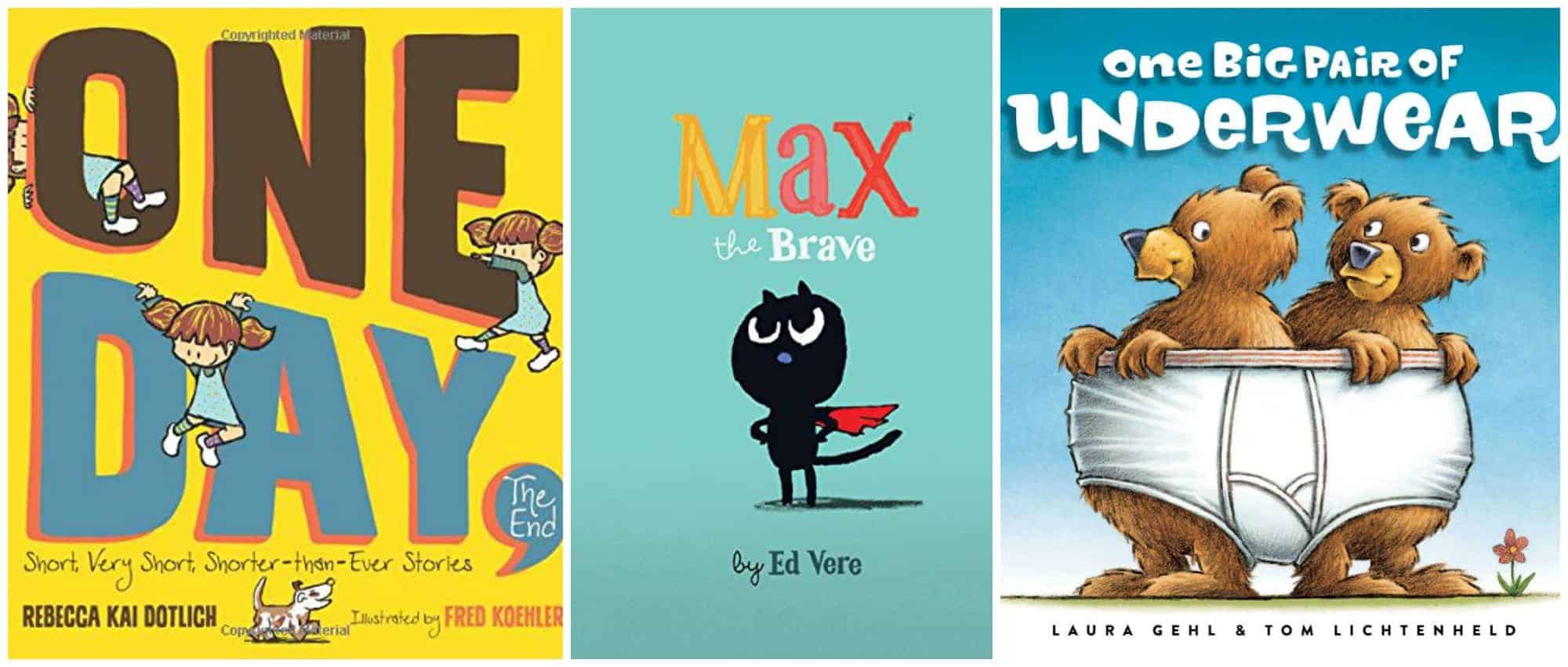Six Word Memoirs: Words Are Magic. Start with Story.
This post may contain affiliate links.
Words are magic. Start with story
First days of school can be tricky. There are routines to learn, relationships to build, and foundational skills to review. Students also need to prime their brains for learning. During my first decade of teaching middle school English, I tried something different nearly every first day of school and was still never satisfied. And then, I discovered the power of beginning with Six Word Memoirs.

“For Sale, Baby Shoes, Never Worn” is perhaps the most legendary six-word memoir. Though often attributed to Ernest Hemingway—along with a tale that he wrote the six-word memoir as part of a high-stakes bet—experts say the link to him is highly unlikely. And yet, the famous six words that tell a story of grief and loss have become well known. Perhaps the original six-word memoir, it is a perfect example of how just a few words can pack a punch. In just six words, readers learn much more about a life story than one might expect could be possible.
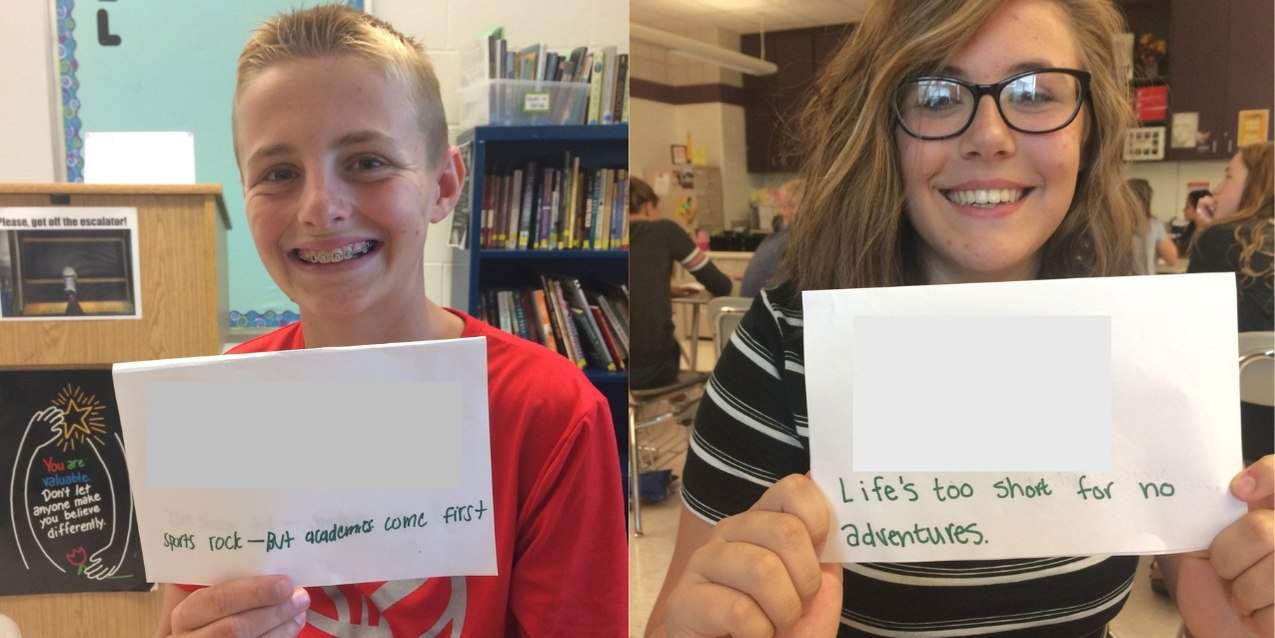
Because it’s helpful to students writing as soon as possible in the new school year, and because six-word memoirs provide a great lens to better understand student personalities and passions, six word memoirs became the first assignment I’d give students — and myself — each fall. Students would start to flex their writing muscles, and in the process, we’d learn more about each other.
Writing Six-Words Memoirs
There are many approaches to having students write six-word memoirs, but here is one that worked for me as a middle school teacher.
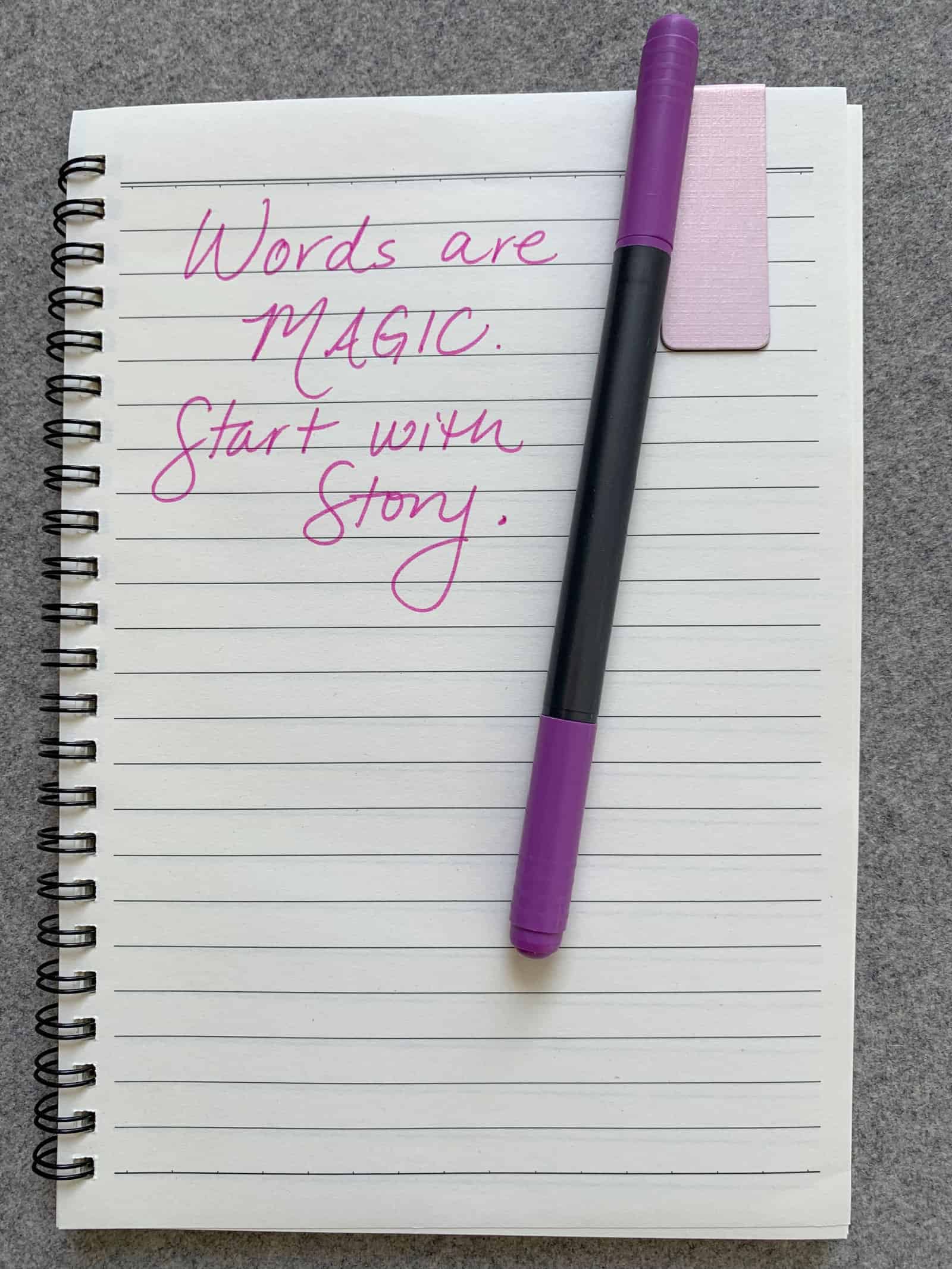
1. Analyze examples
Examine several six-word memoirs written by other young writers. As you introduce these examples, use the opportunity to discuss the layered meaning behind the memoirs and what the six words revealed about the author.
- This life is sweeter than fiction.
- Brand new shoes, same old life.
- Should shoot for moon. Stargazing instead.
- Sarcasm really grinds my gears. Seriously.
- Don’t tell me I’m not important.
2. Model vulnerability
Next, teachers can share a six-word memoir of their own. One of mine is: “Words are magic. Start with story,” a memoir that allows me to reveal my values as well as preface how I believe we’d be accomplishing much during the year thanks to the power of reading and writing stories— including growing empathy, increasing understanding, and gaining insight. In his book, Arabian Nights, author Tahir Shah writes, “Stories are a communal currency of humanity.” (Seven words, but still powerful!)
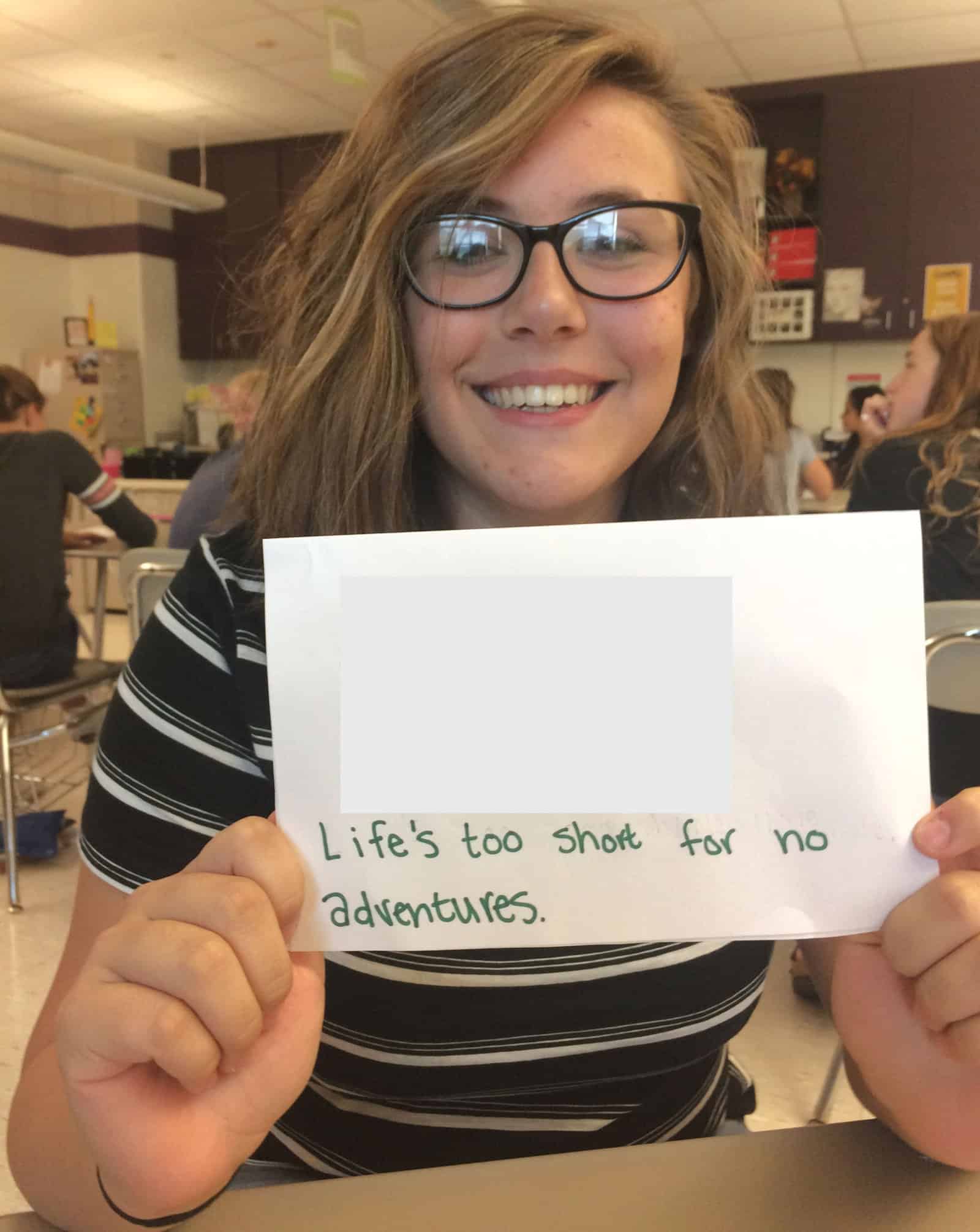
3. Brainstorm and draft
Writing requires thinking – and limiting students to six words will require them to do some brainstorming. What topic will they focus on? What are the key words they most want to include? How can those six words be linked together to do more than just make a statement, but to tell a story about them or their life?
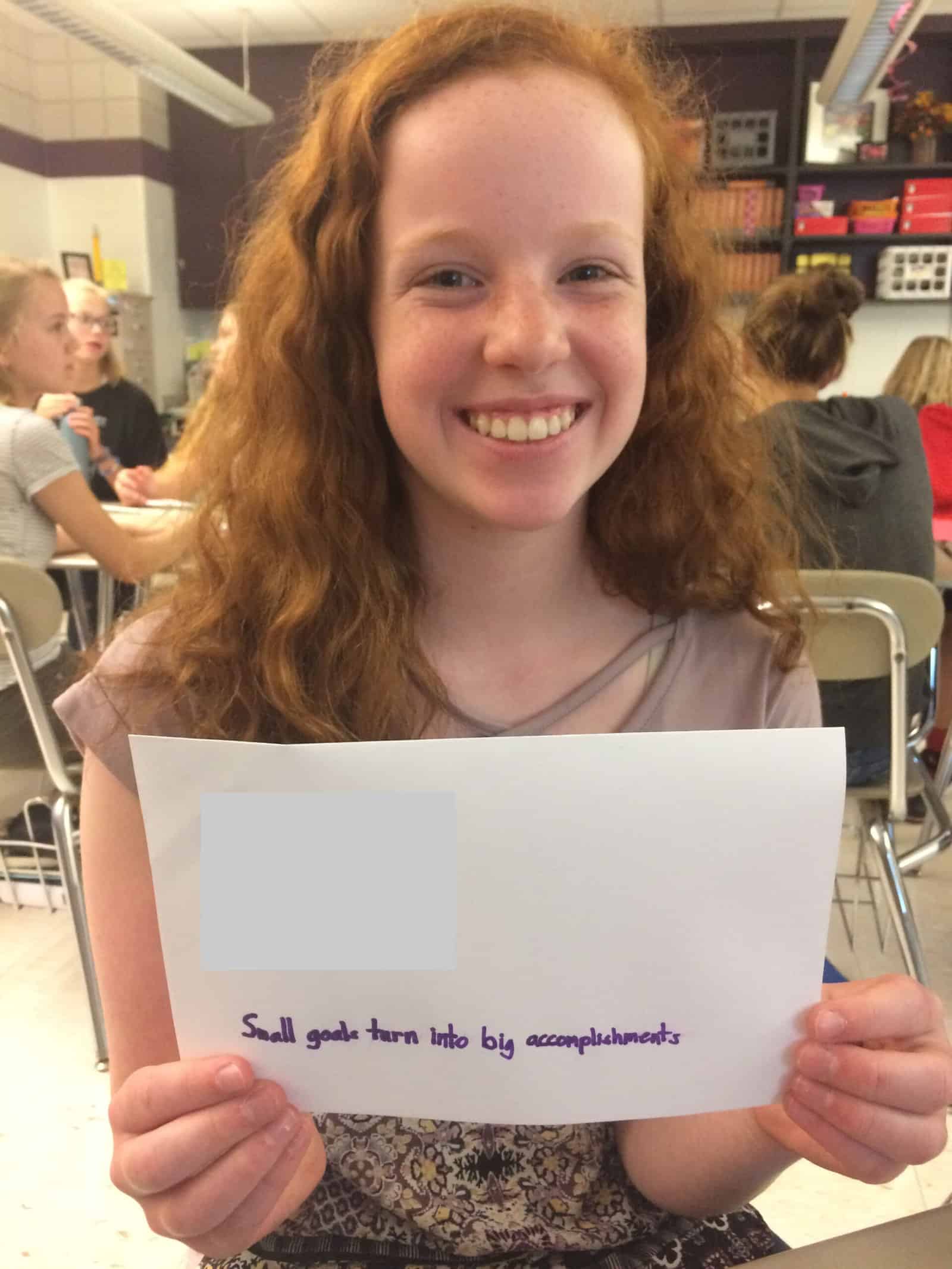
4. Share
This can be done in many ways. I’d ask my students to fold a piece of paper into a nameplate and write their six-word memoir and their name. Then, I’d take a picture of each student, which I’d use to memorize their names. Students can also share their memoirs with each other to begin to weave the important fabric of classroom culture.

Other ideas for six word memoirs:
Rather than just writing their own memoirs, six-word memoirs can be used in a variety of different ways. Throughout the year, students could also write six-word memoirs for characters in books or stories to show their understanding of characterization and theme. When reading nonfiction, students could craft a six-word synopsis as a way to practice their summarization skills. Returning to six word memoirs at the end of a school year could also be a way for students to reflect on their growth as people and as writers.
Six words can tell a story.
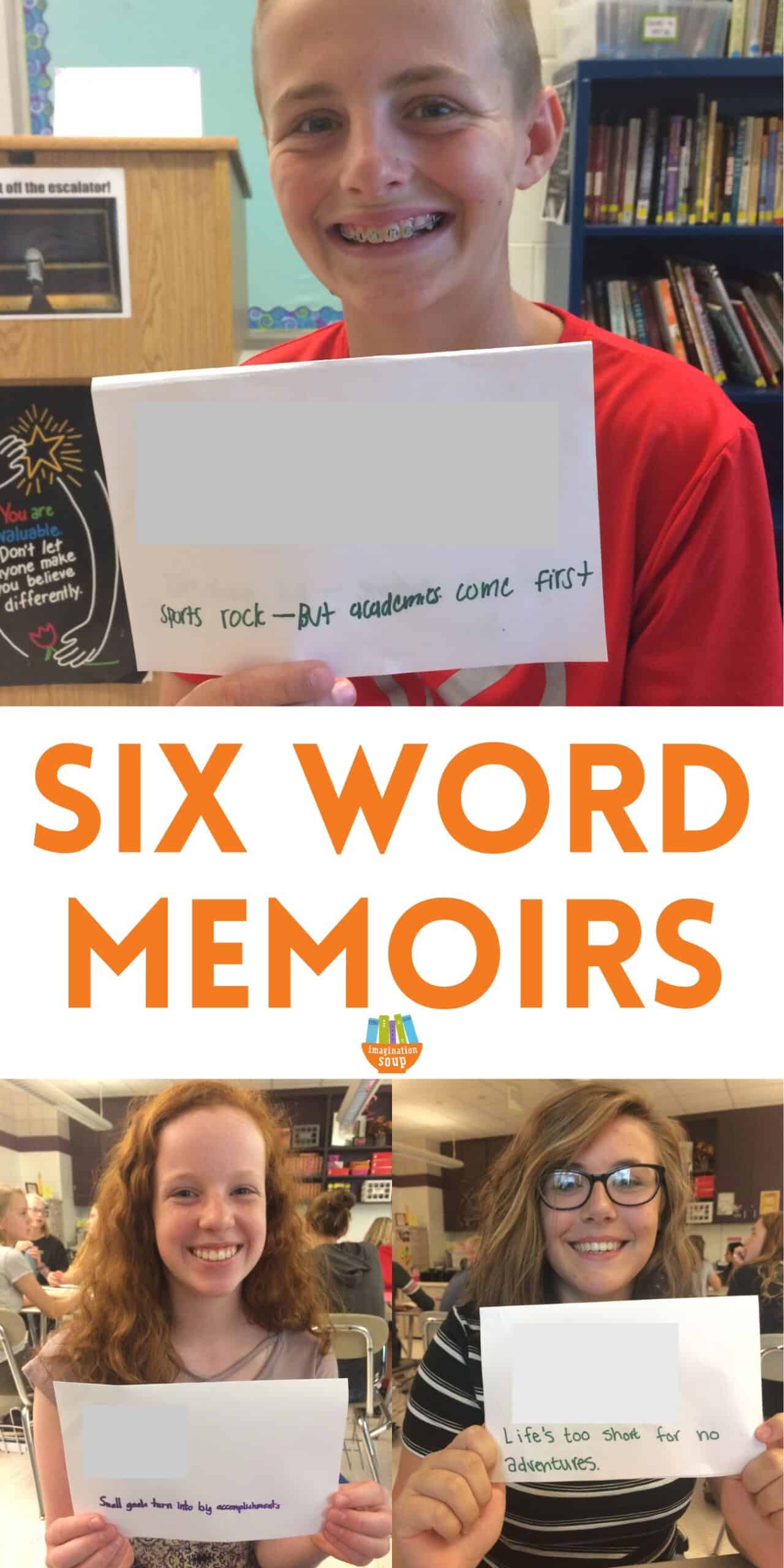
KEEP READING

